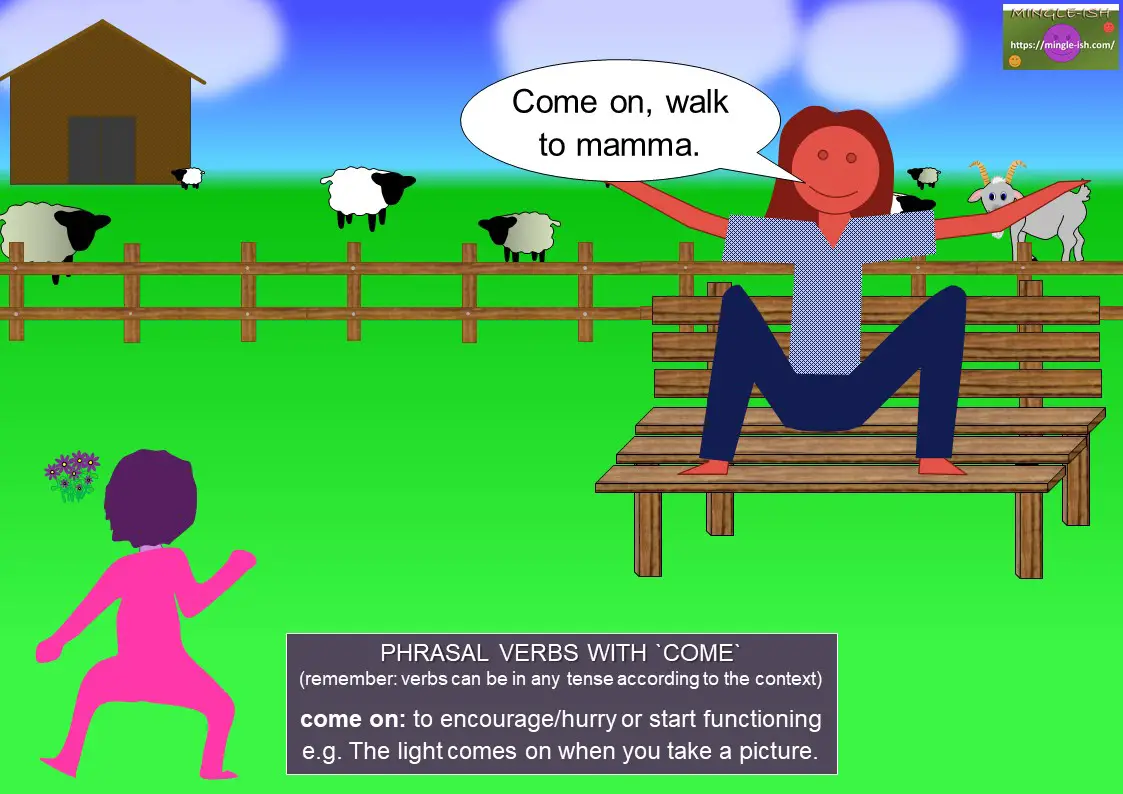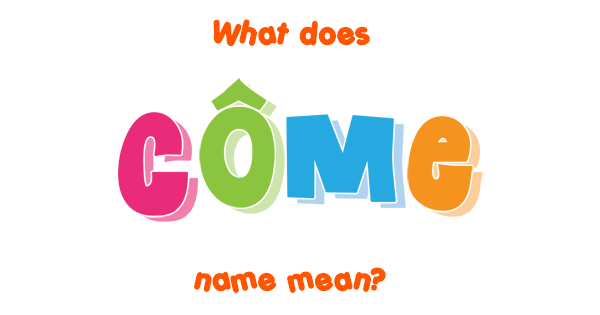Come Si Forma La Forma Negativa In Inglese

Formare la forma negativa in inglese può sembrare inizialmente complesso, ma con una comprensione chiara delle regole e degli ausiliari, diventa un processo abbastanza semplice. Questa guida dettagliata esplora come si costruisce la negazione in inglese, offrendo esempi pratici e spiegazioni chiare per aiutarti a padroneggiare questa importante competenza linguistica.
Gli Elementi Chiave della Negazione in Inglese
La negazione in inglese si basa principalmente sull'uso di ausiliari e della parola "not". La posizione e la forma di "not" variano a seconda del tempo verbale e del tipo di frase. Ecco i punti chiave da considerare:
L'uso degli Ausiliari
Gli ausiliari sono verbi che accompagnano il verbo principale e ne modificano il significato. I principali ausiliari utilizzati per formare la negazione sono:
- "do" (e le sue forme "does" e "did")
- "be" (nelle sue forme "am", "is", "are", "was", "were", "being", "been")
- "have" (nelle sue forme "has", "had")
- Verbi modali ("can", "could", "will", "would", "shall", "should", "may", "might", "must")
Questi ausiliari permettono di inserire la negazione "not" in modo grammaticalmente corretto.
La Posizione di "Not"
Generalmente, "not" si posiziona dopo l'ausiliare. In alcuni casi, può essere contratto con l'ausiliare, formando abbreviazioni come "don't", "isn't", "won't", ecc.
Le Contrazioni
L'uso delle contrazioni è molto comune nell'inglese parlato e scritto informale. Le contrazioni rendono la frase più fluida e naturale. Ad esempio:
- "do not" diventa "don't"
- "is not" diventa "isn't"
- "are not" diventa "aren't"
- "was not" diventa "wasn't"
- "were not" diventa "weren't"
- "have not" diventa "haven't"
- "has not" diventa "hasn't"
- "had not" diventa "hadn't"
- "will not" diventa "won't"
- "cannot" diventa "can't"
- "should not" diventa "shouldn't"
- "would not" diventa "wouldn't"
Formare la Negazione nei Diversi Tempi Verbali
La formazione della negazione varia leggermente a seconda del tempo verbale utilizzato. Esaminiamo alcuni esempi specifici:
Present Simple
Nel Present Simple, si utilizza l'ausiliare "do" o "does" (per la terza persona singolare) seguito da "not".
Esempi:
- Affermativa: "I speak English."
- Negativa: "I do not speak English." oppure "I don't speak English."
- Affermativa: "She speaks Spanish."
- Negativa: "She does not speak Spanish." oppure "She doesn't speak Spanish."
Past Simple
Nel Past Simple, si utilizza l'ausiliare "did" seguito da "not".
Esempi:
- Affermativa: "They went to Italy."
- Negativa: "They did not go to Italy." oppure "They didn't go to Italy."
Present Continuous
Nel Present Continuous, si utilizza l'ausiliare "be" ("am", "is", "are") seguito da "not".
Esempi:
- Affermativa: "I am working."
- Negativa: "I am not working."
- Affermativa: "He is studying."
- Negativa: "He is not studying." oppure "He isn't studying."
- Affermativa: "We are playing."
- Negativa: "We are not playing." oppure "We aren't playing."
Past Continuous
Nel Past Continuous, si utilizza l'ausiliare "be" ("was", "were") seguito da "not".
Esempi:
- Affermativa: "I was sleeping."
- Negativa: "I was not sleeping." oppure "I wasn't sleeping."
- Affermativa: "They were eating."
- Negativa: "They were not eating." oppure "They weren't eating."
Present Perfect
Nel Present Perfect, si utilizza l'ausiliare "have" o "has" seguito da "not".
Esempi:
- Affermativa: "I have finished."
- Negativa: "I have not finished." oppure "I haven't finished."
- Affermativa: "She has seen the movie."
- Negativa: "She has not seen the movie." oppure "She hasn't seen the movie."
Past Perfect
Nel Past Perfect, si utilizza l'ausiliare "had" seguito da "not".
Esempi:
- Affermativa: "We had arrived."
- Negativa: "We had not arrived." oppure "We hadn't arrived."
Future Simple (will)
Nel Future Simple (con "will"), si utilizza l'ausiliare "will" seguito da "not".
Esempi:
- Affermativa: "I will go."
- Negativa: "I will not go." oppure "I won't go."
Verbi Modali
Con i verbi modali ("can", "could", "will", "would", "shall", "should", "may", "might", "must"), si aggiunge "not" direttamente dopo il verbo modale.
Esempi:
- Affermativa: "I can swim."
- Negativa: "I cannot swim." oppure "I can't swim."
- Affermativa: "You should study."
- Negativa: "You should not study." oppure "You shouldn't study."
- Affermativa: "We must leave."
- Negativa: "We must not leave." oppure "We mustn't leave."
Eccezioni e Particolarità
Esistono alcune eccezioni e particolarità nella formazione della negazione in inglese:
Verbi che non richiedono ausiliari
Il verbo "to be" al presente e al passato ("am", "is", "are", "was", "were") non richiede l'ausiliare "do" per formare la negazione.
Esempi:
- Affermativa: "I am happy."
- Negativa: "I am not happy."
Uso di "Never"
La parola "never" può essere utilizzata per esprimere una negazione senza l'ausilio di "not". In questo caso, la frase ha una forma grammaticale positiva ma un significato negativo.
Esempi:
- Affermativa: "I have never been to Japan." (Significato: Non sono mai stato in Giappone).
Negative Adverbs
Adverbs like "seldom", "rarely", "hardly", "scarcely" have a negative connotation and don't need "not". When these are placed at the beginning of a sentence, there is often an inversion of the auxiliary and the subject.
Examples:
- "I rarely go to the cinema."
- "Hardly had I arrived when it started raining."
Esempi Pratici e Dati
Analizziamo alcuni esempi pratici di come la negazione viene utilizzata in contesti reali:
Dati Statistico: Secondo uno studio condotto da un'università inglese, l'uso delle contrazioni nella negazione è aumentato del 20% negli ultimi dieci anni, soprattutto tra i giovani. Questo dimostra una tendenza verso un linguaggio più informale e diretto.
Dialogo:
A: "Are you coming to the party tonight?"
B: "No, I am not. I have not finished my work and I cannot leave yet."
Email:
"Dear John,
I haven't received your report yet. Please send it as soon as possible. I don't want to delay the project.
Best,
Mark"
Conclusione e Invito all'Azione
Come abbiamo visto, formare la forma negativa in inglese richiede una comprensione delle regole grammaticali di base, soprattutto l'uso degli ausiliari e la posizione di "not". Praticare regolarmente con esercizi e esempi concreti è fondamentale per acquisire fluidità e sicurezza. Non aver paura di sperimentare e commettere errori; l'apprendimento di una lingua è un processo continuo. Ti invito a fare pratica con la negazione in inglese scrivendo frasi, dialoghi e brevi testi. Un modo efficace per migliorare è anche quello di ascoltare e leggere materiali in inglese, prestando attenzione a come viene utilizzata la negazione in contesti reali. Buon apprendimento!








